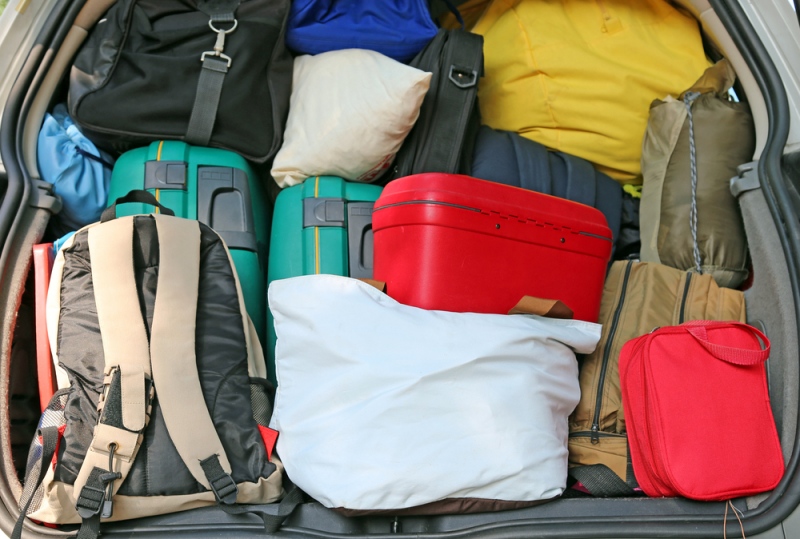Irrespective of whether you’re opting for a road trip with your friends or you’re simply traveling to visit your parents during your holidays or you’re taking your students for an educational excursion, packing in too many things within a small space can become challenging both for the driver and the co-passengers. It was during December, 2017 that it was found out that too many drivers are compromising on their safety by overloading their automobiles for no reason. This doesn’t only boost the pressure on the suspension and several other components of the car. The driver is also put at risk and the road users as well.
What are the viable risks of overloading your vehicle?
- Steering difficulties: When you overload a vehicle, you find it difficult to steer the car towards a definite direction and you will even take longer to put the car at a halt. This way, if your car becomes unstable, this becomes a major hassle.
- Acceleration of the car won’t be perfect: If you used to overtake another car, this would become challenging when you overload your car.
- Risk of sitting without a seat belt: Due to overloading, the aim of the driver is to pack in maximum resources as it is possible for him. Hence he tends to drive without putting the seat belt on.
- Operating space is diminished: Since the control on your vehicle and the space for operating gets reduced, this increases the likelihood of an accident.
- Wear and tear of tyres: The tyres get overheated and this can lead to a sudden blow-out of the tyres.
- Increase in maintenance costs: High overloading will lead to more consumption of fuel and hence the maintenance costs will also become higher.
- No insurance coverage: Since overloading your vehicle is illegal, your insurance company won’t help you during an accident.
Tips on road safety and overloading
There are few tips that you should keep in mind to ensure road safety and the right weight for your car load. You can use onboard weighing systems from https://www.kimax.com/ to reduce the guesswork of loading errors.
- Understand your vehicle’s weight: Make sure that the allowed weight and the gross weight is accurate.
- Gross weight of the vehicle: What is the maximum weight of the vehicle? Did you calculate it along with the load that you’re carrying?
- Passenger weight: Your passengers will also require a seat and they are also asked to wear a belt as per law. So, you also need to check the weight of the passengers.
- Distribute the load: The trunk of your car will come in handy. Unless and until it is about a passenger, the entire load should be placed near the trunk of the car and not on car seats.
Hence, before you set out for your journey; make sure you use an onboard weighing system to measure the weight of your car so that you can make adjustments before starting off.
